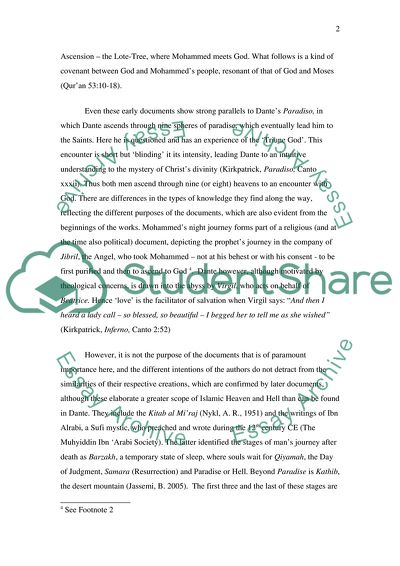Cite this document
(The Comparison of Dante Alighieri with Spanish and Italian Scholars Essay - 1, n.d.)
The Comparison of Dante Alighieri with Spanish and Italian Scholars Essay - 1. Retrieved from https://studentshare.org/religion-and-theology/1746837-compare-dantes-hell-to-muslims-hell-and-heaven
The Comparison of Dante Alighieri with Spanish and Italian Scholars Essay - 1. Retrieved from https://studentshare.org/religion-and-theology/1746837-compare-dantes-hell-to-muslims-hell-and-heaven
(The Comparison of Dante Alighieri With Spanish and Italian Scholars Essay - 1)
The Comparison of Dante Alighieri With Spanish and Italian Scholars Essay - 1. https://studentshare.org/religion-and-theology/1746837-compare-dantes-hell-to-muslims-hell-and-heaven.
The Comparison of Dante Alighieri With Spanish and Italian Scholars Essay - 1. https://studentshare.org/religion-and-theology/1746837-compare-dantes-hell-to-muslims-hell-and-heaven.
“The Comparison of Dante Alighieri With Spanish and Italian Scholars Essay - 1”, n.d. https://studentshare.org/religion-and-theology/1746837-compare-dantes-hell-to-muslims-hell-and-heaven.


